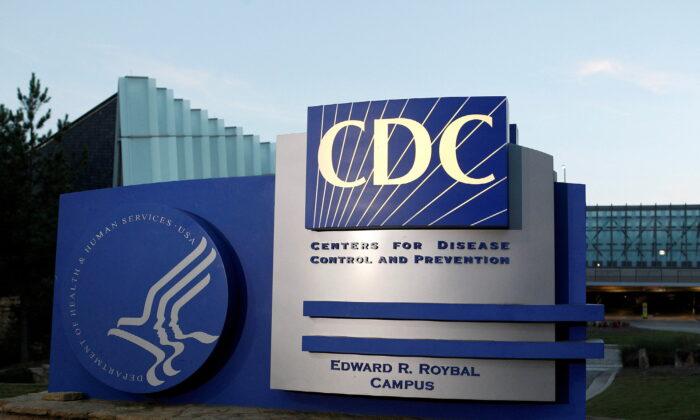For the second year in a row, the Centers for Disease Control and Prevention (CDC) has been caught ignoring science and letting liberal interest groups set its policies.
Following introductions from the White House and Democratic Sen. Dick Durbin of Illinois, gun control advocates linked up with the CDC. They had a private meeting and numerous email exchanges, in which they lobbied hard to have the CDC remove the information.
He was upset that the 2.5 million number “has been used so often to stop [gun control] legislation.”
The National Crime Victimization Survey’s low numbers result from its choice of a screening question. It first asks a person if they have been a victim of a crime. Only respondents who answer “yes” are then asked if they have used a gun defensively. Yet people who successfully brandish a gun generally don’t view themselves as having been victimized.
Devin Hughes, who runs another gun control group, GVPedia, argued in a July 6, 2021, email to the CDC that it should use the Gun Violence Archive (GVA) estimate of defensive gun uses. Hughes claimed that the GVA is “the most widely accepted compendium of gun violence data.” Between January and mid-December this year, the GVA claims that there were only 1,112 defensive gun uses in the United States.
What makes defensive gun uses newsworthy doesn’t accurately reflect the real world. In GVA’s statistics, 43 percent of the GVA’s gun violence cases involve fatalities, 42 percent involve woundings, and 10 percent are cases in which shots were fired defensively that don’t hit anyone. Less than 4 percent of cases involved no shots fired, and more than half of those involve the criminal being held at gunpoint until the police arrive. But as gun control experts know, these kinds of cases represent a tiny fraction of the instances in which firearms are used defensively for self-protection.
Bryant defends the reliance on media accounts and discounts the argument that the media disproportionately covers the most violent cases.
“I don’t think it is a newsworthy issue ... too many media really like the feel-good stories of homeowner standing up to home invader,” Bryant wrote me last year. “Even better if it was a granny doing it. They don’t just go with the ‘if it bleeds ...’ newsworthiness.”
This is a naive view of how newsrooms operate. Suppose an editor is presented with two stories, one with a dead body on the ground and another where no one was hurt because the would-be victim brandished a gun and the criminal ran away. And in the later story, you can’t even be sure what crime would have been committed. Which story would you run in your hometown newspaper?
But even that isn’t really the point. When a law-abiding citizen scares off a would-be criminal by brandishing a legal firearm, journalists don’t typically wrestle with its newsworthiness for the simple reason that such cases are reported to neither the police nor the press. That’s why rigorous social science studies are necessary—the precise kind the CDC is censoring to benefit special interests.
The CDC keeps making decisions based on politics, not science. It has shown that it is not able to divorce political views from decisions about who to fund. But, as researchers know all too well, the CDC isn’t unique. The government just can’t keep politics out of funding decisions.





